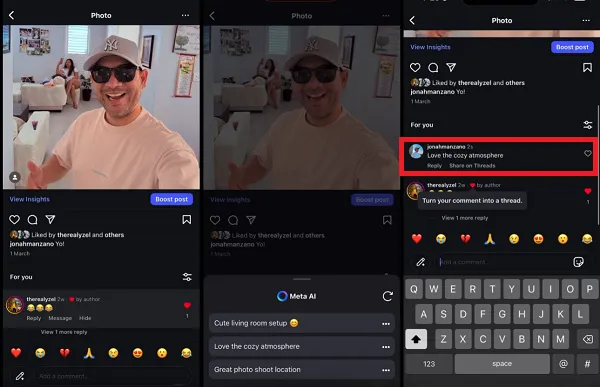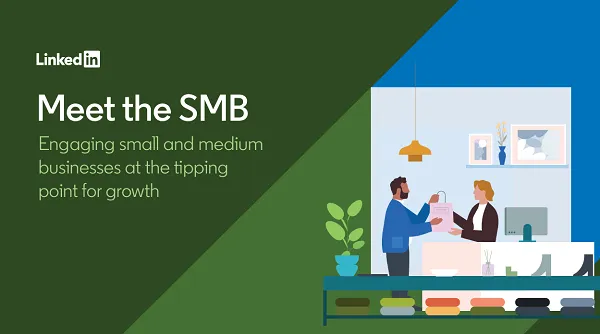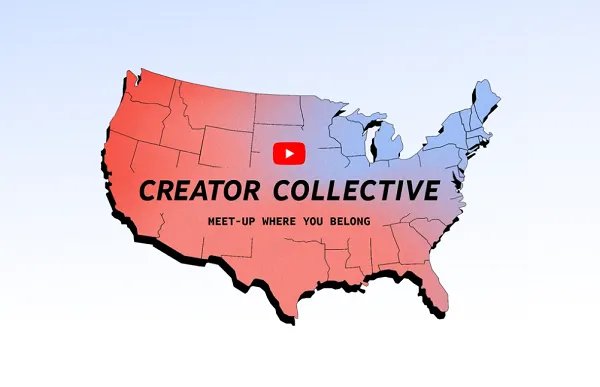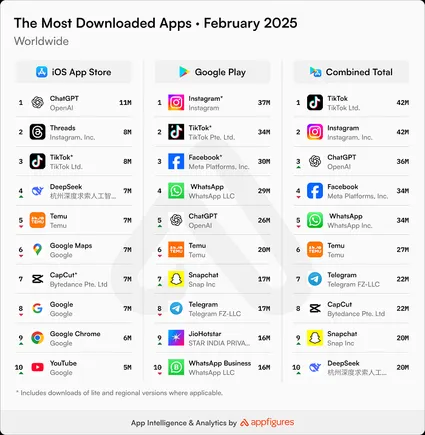We now can generate more content than ever before, but should we? What if we knew what buyers wanted and made more of that instead of producing what’s fast and/or easy?
Last month, I shared insights from our research highlighting the gap between content marketing and the buyer’s journey.
Specifically, roughly 80% of closed sales deals we evaluated couldn’t be connected to marketing content. Naturally, that led us to the question: what content did we find that we could connect to the journey?
The types of content that resonate with clients
We analyzed client sales and marketing data from five industries and conducted primary research with buyers and sales representatives (SDR/BDR/AM/CSMs). The content we discovered fit into one of the following four categories.
Case studies/use cases
Contrary to conventional wisdom, we found that case studies were used/consumed at the beginning of the buyer’s journey rather than later. BDRs/SDRs used industry case studies or solution-specific use cases to build credibility early in the conversation.
Events
Content related to user events received considerable attention. Industry events where companies sponsored or provided speakers also performed very well.
Webinars were hit or miss. Most interest went toward topics related to industry trends or use cases. We also found that attendee-to-lead conversion was increasingly more difficult in late 2023 and 2024.
Research
Research performed well in certain industries. In professional services, cybersecurity and life sciences research on hot topics (AI, threats, market dynamics) were the best performers.
We found that content syndication generated interest but didn’t convert well to sales-qualified leads (SQLs). Additionally, interviews revealed that research was, for the most part, under-leveraged by sales.
Dig deeper: A B2B marketer’s guide to long-form content
Website
While not traditional content marketing, a website is a source of content. Using GA, Demandbase and 6Sense, we found that buyers hit the web at the beginning and end of the sales process.
However, we didn’t find a consistent pattern. Because marketing directed audiences to specific landing pages, it is difficult to measure genuine interest. We did notice that email campaigns, unlike content syndication campaigns, led to spikes in web traffic.
Recognizing your audience’s content preferences
This is in no way a complete list. As I mentioned, visibility issues between sales and marketing systems did limit our ability to see all content.
Even so, here’s the point. Prospects have a preference for certain content. The same can be said for buyers and customers. Understanding that preference could present an opportunity to do more with less.
Think of it this way: We found that some companies have a piece of content that is, in a sense, a “brand.” It could be something well-known in the industry or produced annually, like the report mentioned above.
Instead of being on the content hamster wheel, pumping out more and more content, you could focus on getting additional value out of the branded content and “atomizing” it.
What does that mean? For example, the research report I just mentioned can be mined for new, smaller pieces of content. Most reports have a heavier cognitive load than most attention spans will tolerate at one time, so breaking the insights into smaller pieces will increase consumption.
Take a section each quarter and turn it into an ebook featuring one topic. Use eye-catching graphs for monthly social media posts. Create a quarterly webinar on a finding and use the attendees to build your survey list for next year’s report.
The same thing can be done with events. Over six months, tease the speakers, venue, attendees, presentation, etc.
There is an undervalued opportunity to create better-performing assets by leveraging what you have already built rather than building new ones. It’s hard to gain mindshare with audiences. If you have known content, keep reinforcing the value of the information.
The goal of content marketing is consumption, not creation. Focusing more of your efforts and resources on doing more with what is being consumed will reduce the need for creating new content.
Dig deeper: B2B content marketing: Driving success through strategic content creation
Contributing authors are invited to create content for MarTech and are chosen for their expertise and contribution to the martech community. Our contributors work under the oversight of the editorial staff and contributions are checked for quality and relevance to our readers. The opinions they express are their own.







































































